In the context of sand material sources not meeting construction progress, many traffic contractors still try to buy from domestic commercial mines and find alternative solutions, instead of buying imported sand from Cambodia.
Sand exploitation is not enough to meet demand.
As the year ends, the construction atmosphere at the Chau Doc - Can Tho - Soc Trang expressway project becomes more and more intense.
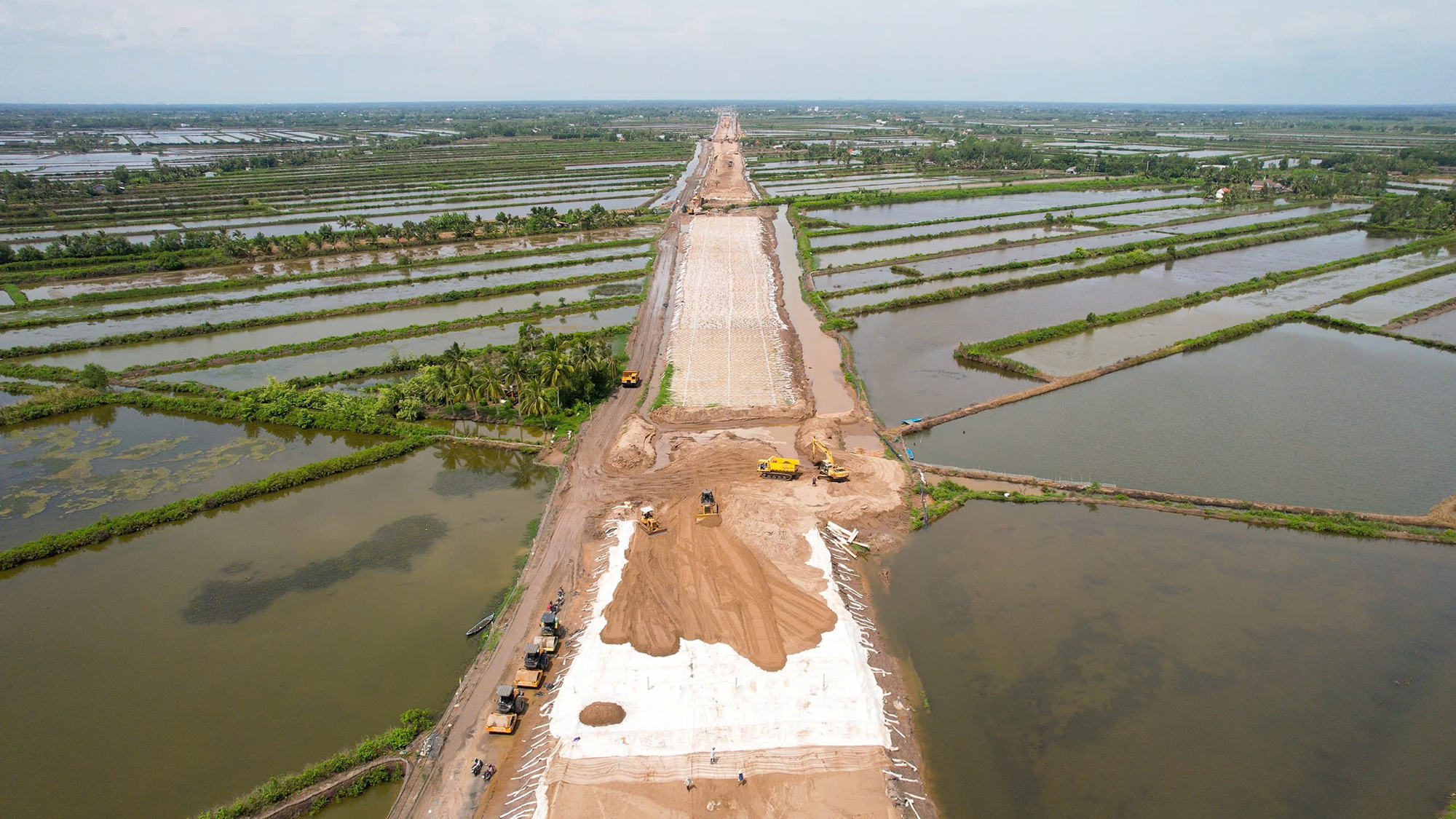
Due to the high cost, many contractors have abandoned the option of buying sand from Cambodia and are looking for alternative solutions. (In photo: Construction of the Can Tho – Ca Mau Expressway). Photo: Le An.
Undertaking the construction of nearly 18km of the main route in the 3-section project through Hau Giang province, Mr. Vu Dinh Tan, Deputy Director of Trung Nam Construction and Installation Joint Stock Company (Trung Nam E&C) said that according to calculations, the demand for sand is about 3.4 million m3. In 2024 alone, the volume to be mobilized is nearly 1 million m3.
Currently, the contractor has been assigned two mine locations on Ba Lai River and Tien River by Ben Tre province to exploit according to a special mechanism.
While waiting for the license, with the approval of the investor, the contractor purchased a commercial source of sand (about 150,000m3) to construct public roads, service roads, and level the ground.
From now until the end of 2024, the volume of sand that the contractor needs to mobilize is more than 200,000m3. Meanwhile, the sand reserves expected to be exploited under special mechanisms only meet more than 50% of the demand.
"The contractor is actively purchasing commercial sand sources, including sand imported from Cambodia, even though it has to suffer losses compared to the estimated unit price," Mr. Tan added.
To construct 7km of the main route of the North-South Expressway project, Can Tho - Hau Giang section, the amount of sand that Corporation 36 needs to mobilize is about 1 million m3.
Lieutenant Colonel Nguyen Dang Thuan, Deputy General Director of Corporation 36, said that An Giang province has supported the Phu An sand mine with a reserve of about 700,000m3 for the mining unit.
Up to now, the remaining reserves are not much. With the remaining volume of about 300,000m3, the unit is applying for licenses for two sand mines in Ben Tre and asking Vinh Long province for more support.
"The unit also considered the option of buying sand from Cambodia and purchased about 30,000m3.
However, the cost is too high, double the current price of sand, so we stopped buying it," Mr. Thuan informed.
Gave up because of the high price
The leader of a contractor participating in the construction of the North-South Expressway, Can Tho - Ca Mau section (name withheld) admitted that the high price is one of the main reasons why construction units are reluctant to consider buying imported sand from Cambodia.
The price of sand purchased at the construction site of highway projects is only 180,000 - 200,000 VND/m3. However, for sand from Cambodia, the purchase price at the border gate is 190,000 VND. When brought to the construction site in the Mekong Delta and Ho Chi Minh City, the purchase price is 280,000 - 300,000 VND/m3.
According to a representative of a business unit that exploits and transports sand from Cambodia, if buying commercially in the form of retail, Vietnamese contractors will have to pay sky-high prices and it will be very difficult to meet the volume.
To obtain large volumes, contractors must consider purchasing the right to exploit a certain volume of sand from the quarry owner in Cambodia and transport it from the quarry to the construction site themselves.
By doing this, the price of sand when it reaches the foot of the highway construction site in the Mekong Delta is about 230,000 - 240,000 VND/m3. If bought in retail, the price can reach 270,000 - 300,000 VND.
However, the biggest challenge is that the contractor will have to pay a huge amount of money to the mine owner (a small mine is also about 1 million USD).
Not to mention, for transportation purposes, Vietnamese contractors must rent barges themselves for 300 million/month with a rental deposit of about 1 billion VND/barge.
In case of renting 5-10 units, the initial cost is not small. "That is the reason why construction units rarely use imported sand," said a business representative.
Sand mines are shrinking due to over-exploitation.
In a report sent to the Government leaders at the end of June, the Ministry of Industry and Trade said that in 3 years (2021-2023) and the first 4 months of 2024, the amount of sand imported from Cambodia was about 23.6 million m3 (more than 7 million m3 imported each year).
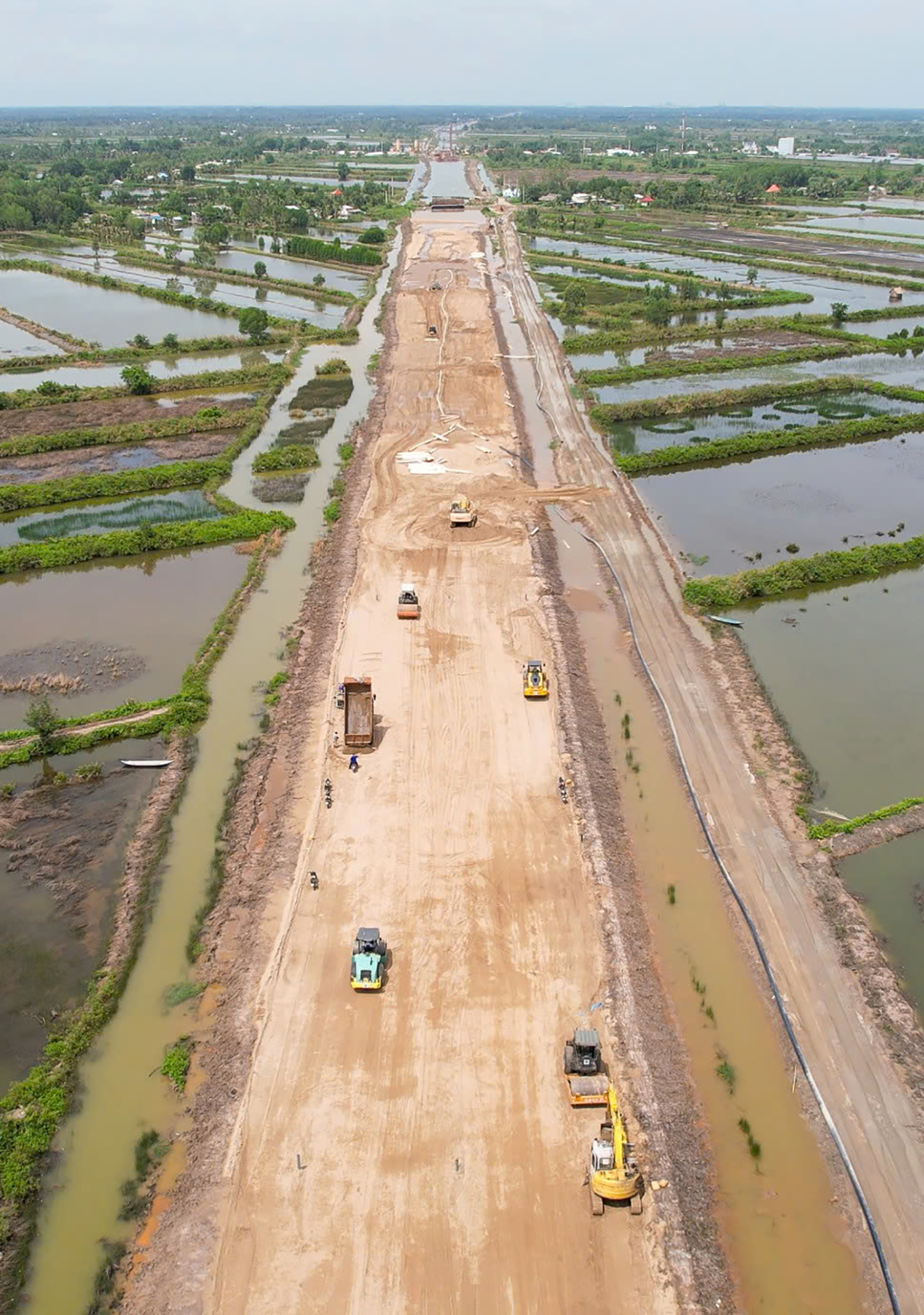
Contractors are actively mobilizing sand to complete loading and treatment of weak ground at the Can Tho - Ca Mau expressway. Photo: Le An.
According to the Ministry of Industry and Trade, construction sand and sand for filling are not on the list of prohibited imports and do not require a license when importing. Sand importing enterprises only need to have import-export functions.
The Cambodian government advocates a free market, with businesses on both sides proactively negotiating and signing contracts at agreed prices.
Previously, reporting to the National Assembly on the research on solutions to diversify material sources for transport projects, especially in the Mekong Delta region, the Ministry of Transport said that according to a report by the Ho Chi Minh City Real Estate Association, Cambodia has goodwill to export sand to Vietnam with a reserve of about 100 million m3, with an exploitation period of 1 year.
The Association has proposed that the Ho Chi Minh City People's Committee act as the focal point to work with the other side to carry out the procedures, and at the same time assign a military business unit in the South to act as the focal point to sign the distribution contract.
Recently, the Ministry of Industry and Trade has also presided over and coordinated with relevant ministries, branches and agencies to organize a working delegation to Cambodia and report to the Prime Minister.
Accordingly, Cambodia’s sand reserves for filling and construction are abundant, providing enough for the immediate and long-term needs of the southern provinces. Sand supply activities have no problems with the policies of the two governments. This is considered a large source of supply for projects.
In the past, only 3 businesses in Cambodia were allowed by the government to export sand, and now there are only 2.
There are about 40 Vietnamese enterprises that have signed contracts to buy sand from Cambodia, but in reality only about 10 enterprises are operating due to low profit margins, even losses.
A business representative said that Vietnamese businesses must proactively provide mining equipment and vehicles such as ships and suction machines.
Cambodian mine owners do not have the means but only sell mining rights.
Sand mines in Cambodia are quite large, stretching for several dozen kilometers. Vietnamese businesses want to buy any type of sand (construction sand or filling sand) and exploit it in areas that have been surveyed and explored for sand types in advance.
Regarding the calculation method, when a sand dredger is brought from Vietnam, the Cambodian inspection agency will check the specific tonnage and volume and then issue a certificate.
After the ship is full of sand, the supervisor on the mine owner's side will slide the deck to see exactly how much sand there is.
"My company has more than a dozen sand dredgers of all kinds operating in Cambodia. Small ships cost about 10 billion VND, large ships about 50 billion VND. The exploitation capacity is from 700 to 3,000 cubic meters per ship," he said.
Regarding procedures, Vietnamese sand importing enterprises encountered some difficulties at the beginning of the year due to Circular 04/2023 issued by the Ministry of Construction.
The standard, which took effect on January 1, 2024, forced some sand ships to anchor at the docks, resulting in additional costs. After a while, the problem was resolved.
Regarding cost, the price of sand sold by Cambodia to Vietnam is about 6 USD/m3. Sand importing enterprises must deposit from 100 thousand USD or more to several million USD, depending on the volume and conditions.
In the past, there were many sand mines in Cambodia, but now they have been reduced due to over-exploitation.
This leads to mining businesses having to move further inland, which is more expensive.
In addition, it is not easy to determine the type of sand. If the contractor is provided with the wrong type, the contract will be penalized.
"Some opportunistic businesses often use the trick of mixing invoices to sell to individuals or illegal sand mining companies in the country.
Businesses sell invoices at only 60-70%, from which the buyer legalizes the sand being mined officially, which allows them to sell at a much cheaper price than us.
Another trick is that some individuals and companies illegally mining sand in the country buy a small amount of imported sand from Cambodia, mix it, and advertise it as imported sand from that country," the representative of this business informed.
Request more mines, transfer materials
Due to difficulties in importing sand, in order to meet the requirement of completing the loading work in 2024, some contractors are considering mobilizing crushed stone to load instead of part of the missing sand volume.
At the same time, contractors and investors are also actively working with Tien Giang and Ben Tre provinces to identify additional supply sources for the project.
Speaking with Giao Thong Newspaper, the leader of My Thuan Project Management Board said that in the two component projects of the Can Tho - Ca Mau section, the demand for sand until the end of 2024 is about 15.5 million m3.
Currently, the allocated reserves have met the project's needs. However, due to the limited capacity of river sand exploitation, sea sand is only used for a part of the route, the daily sand mobilization only meets about 70% of the demand.
The provinces have completed procedures to open supply for the project with an additional 2.2 million m3. Of which, An Giang coordinated 1.4 million m3; Vinh Long completed procedures for 3 mines with reserves of 0.8 million m3. Dong Thap increased the capacity of 2 mines.
The investor is continuing to coordinate with the locality to complete procedures for 1 mine in Tien Giang and 2 mines in Ben Tre.
Participating in the construction of the main horizontal highway Chau Doc - Soc Trang - Can Tho through An Giang, Mr. Nguyen Manh Tuan, Project Commander of Phuong Thanh Transport Investment and Construction Joint Stock Company, said that the volume of sand to serve the contractor's construction needs is more than 2.6 million m3.
While waiting for the special quarry to be granted, more than 417m3 of commercial sand was brought to the construction site. Thus, by 2024, the remaining sand shortage will be approximately 600,000m3.
"To overcome the material difficulty, we are actively mobilizing finance to get sand from Tan My mine - Tien River with the largest volume possible and have not yet considered the option of importing sand," Mr. Tuan shared.
Similarly, Truong Son Construction Corporation - the contractor selected to construct package 1, component project 3 of Chau Doc - Can Tho - Soc Trang expressway, said that the total volume of sand to be filled and loaded for the entire project is more than 2.5 million m3.
"We have been licensed and are exploiting 3 sand mines under the special mechanism granted for the Can Tho - Ca Mau vertical highway.
At this project, the loading work is expected to be completed by the end of November. The licensed reserves at the mines are still large, enough to supplement and strengthen the horizontal highway through Hau Giang," said Mr. Tuan.
Source: https://www.baogiaothong.vn/gia-tren-troi-nha-thau-cao-toc-kho-nhap-khau-cat-192241114230147507.htm










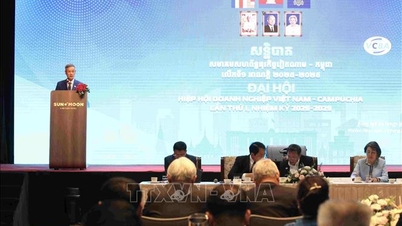



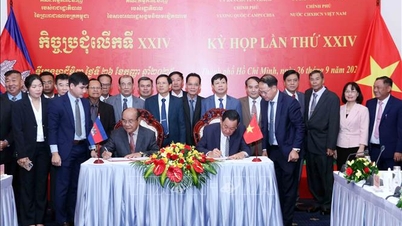


















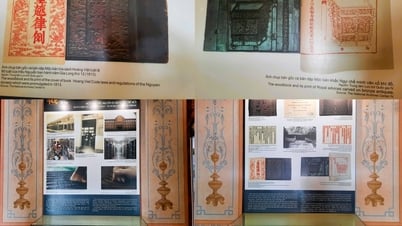










































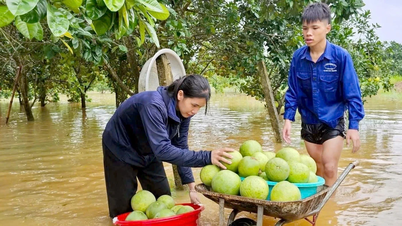



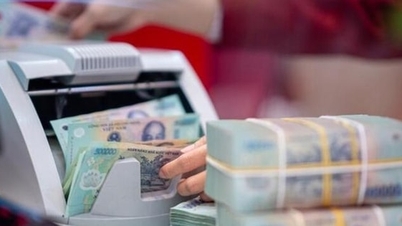

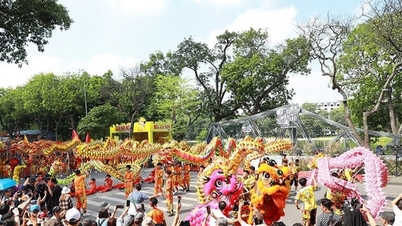
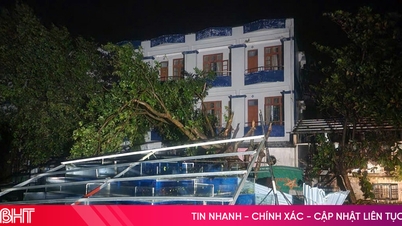

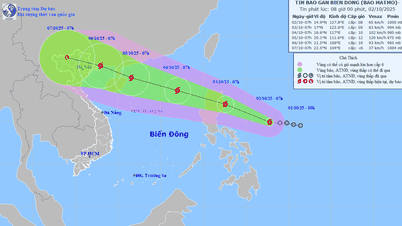













Comment (0)